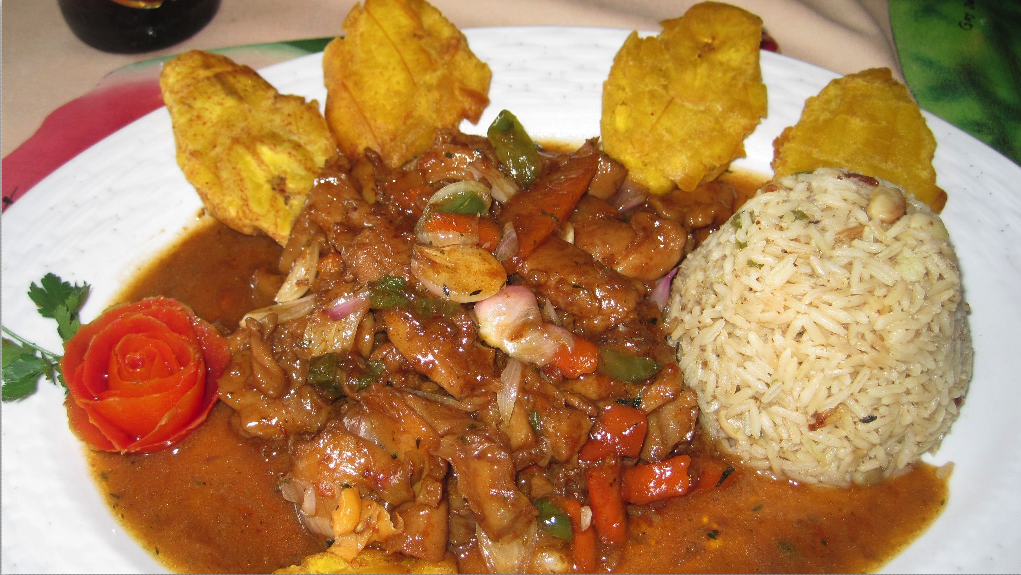News Americas, BRIDGETOWN, Barbados, Weds. Feb. 15, 2012: The Caribbean region saw a growth in last year in tourist arrivals to its shore, Statistical Specialist of the Caribbean Tourism Organization, Sean Smith, revealed today.
Smith said the region welcomed an estimated 23.8 million tourists in 2011, 3.3 per cent rise over 2010 when just over 23 million stay-over visitors came to the Caribbean.
Speaking at CTO Headquarters in Barbados, Smith said the Caribbean recorded modest performances from all major source markets in 2011. Stay-over arrivals from the United States were up 1.7 per cent when compared to the previous year. Anguilla, Barbados, Belize and Curaçao were among the destinations with increased business from the US. Contrary to the norm, there were fewer US residents arriving in some destinations that traditionally benefit the most from this market.
On the other hand, Canada continued to outpace all other markets, with arrivals from there up 6.8 per cent over 2010. This represented a continuation of the sustained growth experienced in the market over the last five years. The arrivals pattern has not changed much, with Cancún, Cuba and the Dominican Republic receiving the majority of Canadian tourists. However, 13 other CTO member countries also recorded increases in arrivals from Canada.
Of the 23 destinations with market details, 14 reported increases in arrivals from Europe, with Barbados (6.0 per cent), Cancún (3.9 per cent), Curaçao (2.9 per cent) and Cuba (1.1 per cent) being the best performers, receiving hundreds of thousands of European. Several other destinations recorded growth in arrivals from Europe on smaller numbers. Still, compared to 2010, the overall figures from Europe remained flat, with the Caribbean recording a 0.6 per cent increase.
With the exception of May and October, which were down marginally, the region recorded a rise on arrivals every month in 2011 over the corresponding month of the previous year.
Tourist arrivals during the winter months (January to April) were up 4.4 per cent over the previous winter, which had grown by 3.9 per cent over 2009. The summer period ending December recorded a lower than expected increase of three per cent.
The larger destinations, including Cuba, the Dominican Republic, Puerto Rico and the U.S. Virgin Islands, continued the historical trend of leading growth in the region. This subgroup, which accounts for more than half of all arrivals to the region on an annual basis, grew by 4.2 per cent.
The larger grouping of Commonwealth Countries made up of CARICOM plus Bermuda, the British Virgin Islands and the Cayman Islands recorded a 2.2 per cent rise, while Martinique, the lone French Caribbean destination reporting during the period, saw arrivals go up 3.9 per cent.
Tourism in the Dutch Caribbean performed slightly better, recording a 4.9 per cent rise, with robust performances in Curaçao and Aruba of 13.9 per cent and 5.6 per cent respectively.
Reflecting poor performances from the European markets, the Caribbean Community (CARICOM) had a much slower rate of recovery, with arrivals up by just 1.2 per cent. This was as a result of modest growth of 1.8 per cent in the O E C S countries, coupled with one per cent increase in arrivals to the Other CARICOM Countries.
The hotel sector performed marginally better last year than it did in 2010. According to Smith Travel Research, average room occupancy was 61.8 per cent compared to 60.3 per cent in 2010, while the average room rate reached US$167.56 compared to US$163.36 in 2010. These results indicate some measure of recovery within this sub-sector.
“The Caribbean tourism industry is holding its own, remaining afloat and resilient amidst turbulence in the marketplace,” said Smith. But he warned that the region is not yet out of the woods as the figures revealed uneven growth among the destinations and revenue continued to lag arrivals.









